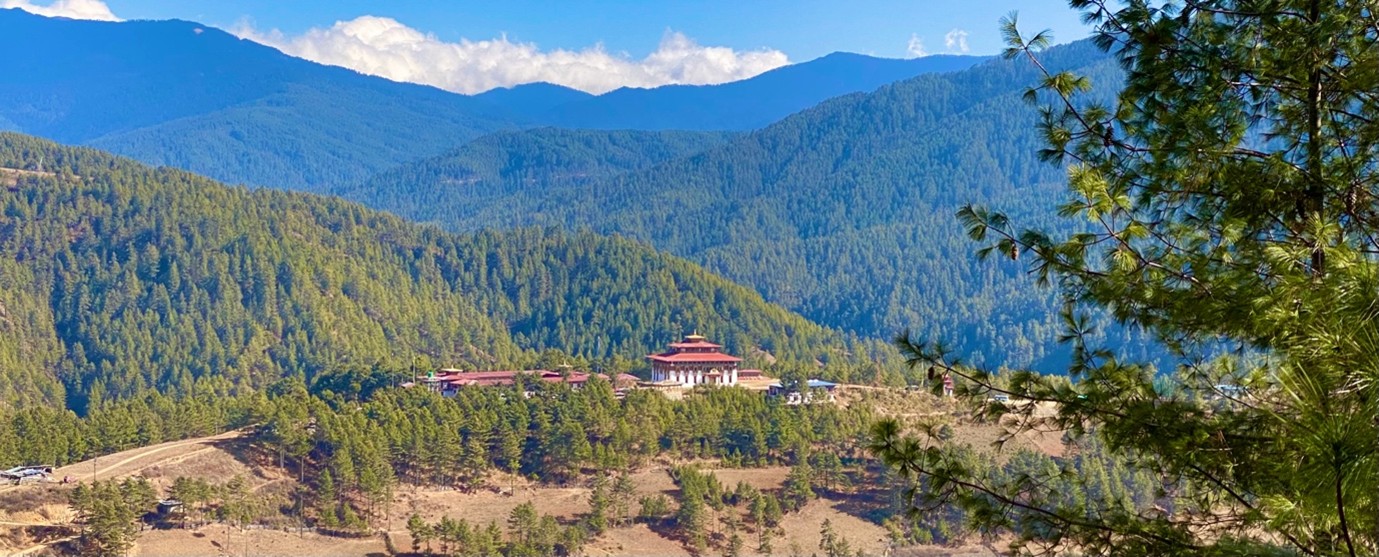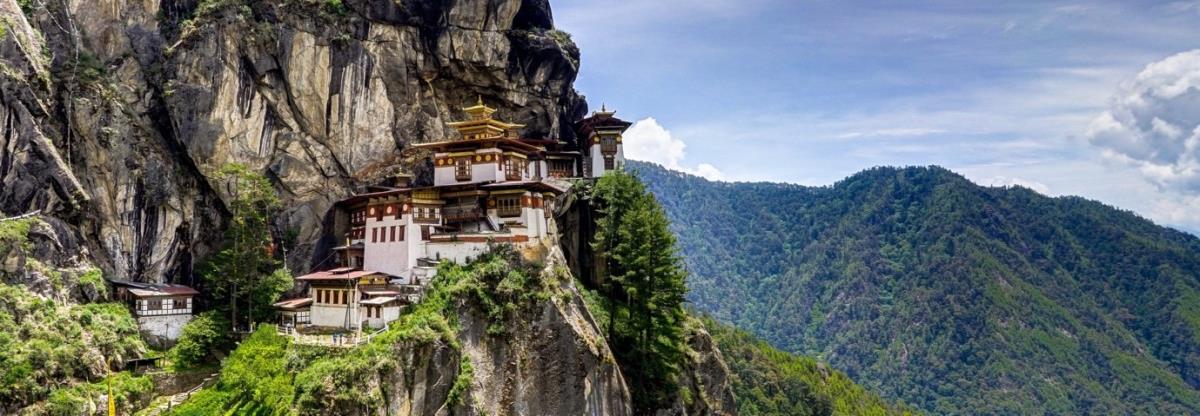1. The Tiger’s Nest
It’s quite a tough climb to the wondrous Tiger’s Nest monastery but it is Bhutan’s number one tourist attraction for a reason. When you finally get to see it up close, it is even better than expected. You find yourself wondering how it came to be built on the side of a cliff at almost 3,100 metres in altitude. Its location is just remarkable. What most people don’t expect is that it is not just one main temple but several small ones over different levels. What I love about the trail is that there you often glimpse the temple through the trees, so you get to see it from many different aspects.
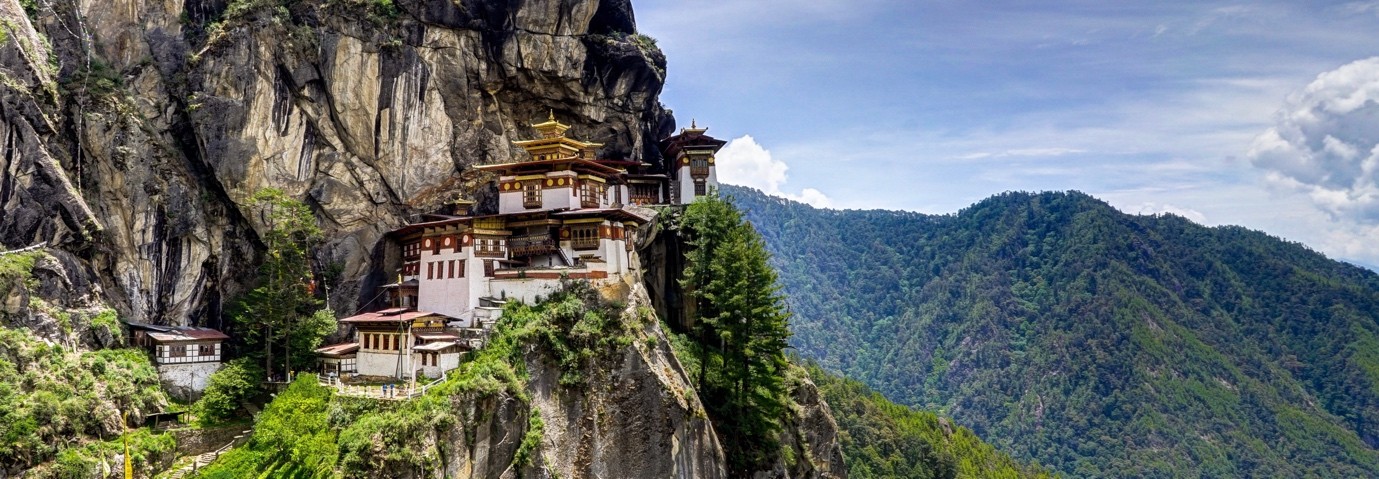
2. The Longtey Trail
This is a walk of two halves, the Phobjikha side and the Longtey side. My preference is to start in the Phobjikha Valley and walk to the village of Longtey but it’s a great walk in the other direction too. The Phobjikha side is steep, exposed with great views of the surrounding farmland. A banner of prayer flags marks the pass at the top and the end of the big uphill climb. The descent after the pass is in the most beautiful rhododendron forest. The rarer species that grows in this particular spot have leaves as big as two hands and flowers of more delicate colours than in other forests in Bhutan – pale yellow, white and pink.

3. The Panorama Trail
The Haa Valley doesn’t see too many visitors, but this walk is worth travelling for. It’s a very pretty walk, mostly through pine forest, with great views of the town and river. There are a couple of well-placed huts for lunch or morning tea. I especially love the eco-campsite that the trail passes through, in a gorgeous valley. The permanent tents look very inviting. There are even facilities for a hot stone bath. It’s on the bucket list.
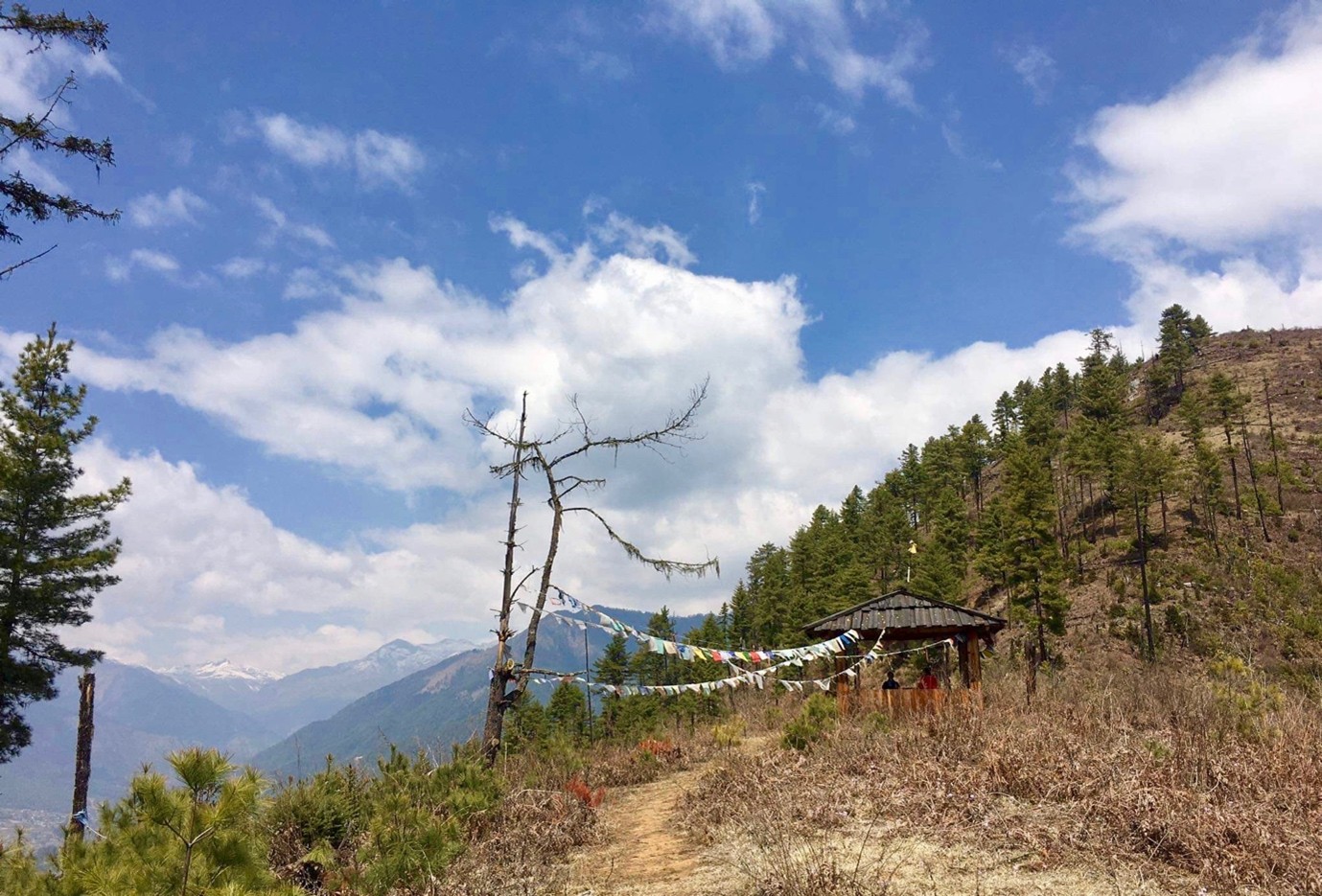
4. The Lumitsawa Trail
This trail starts just down from the Dochu La and is unbelievably beautiful in April, when the rhododendrons are in flower. But no matter the season, I always feel so happy in this forest. For me it’s the quintessential Bhutanese walking experience - pristine old growth forest and quiet trails. It’s pretty much all downhill so it’s a great trail for when you are still acclimatising to the altitude. It is now part of the Trans Bhutan Trail but is an ancient path that served as the route from Punakha to Thimphu. The central monk body still uses this trail when they return to Thimphu from the winter months spent in Punakha.
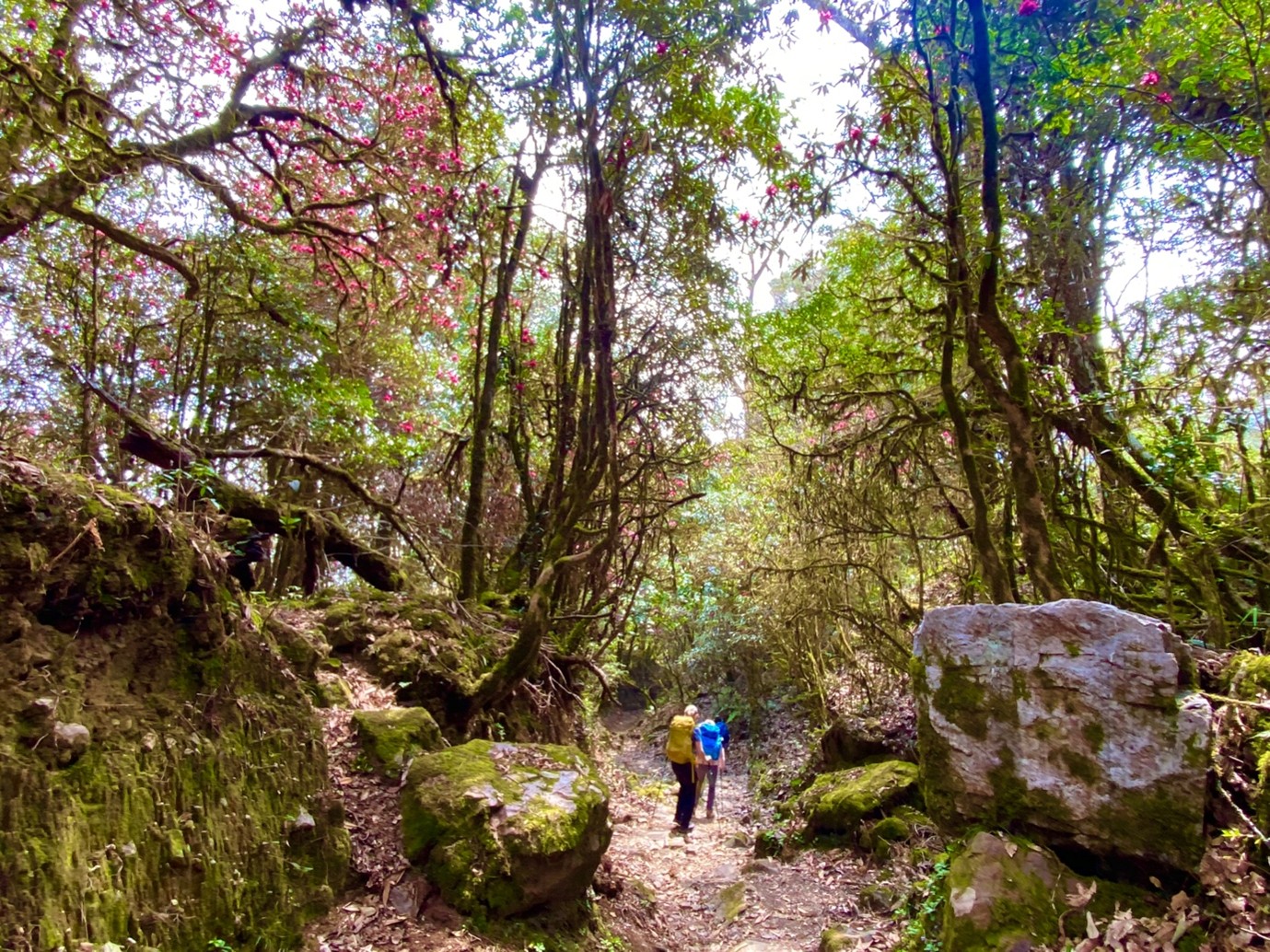
5. Omba Ney
I have a fondness for eastern Bhutan. The scenery is so different from western Bhutan. It doesn’t have the large, wide valleys of the west and life is lived more amongst the mountains. This is my favourite walk in the east. Omba Ney is known as ‘the Tiger’s Nest of the east’ but it has very little in common with the original. The temple itself is disappointingly tiny and you never quite get the stunning views. If you’re lucky, the caretaker monk may be on hand to show you inside. What does compare with the Tiger’s Nest is the cliffside location. The trail starts in a small village with a shop and winds down through terraced farmland before climbing through open forest. There are some wonderful views back at the village and surrounding countryside.
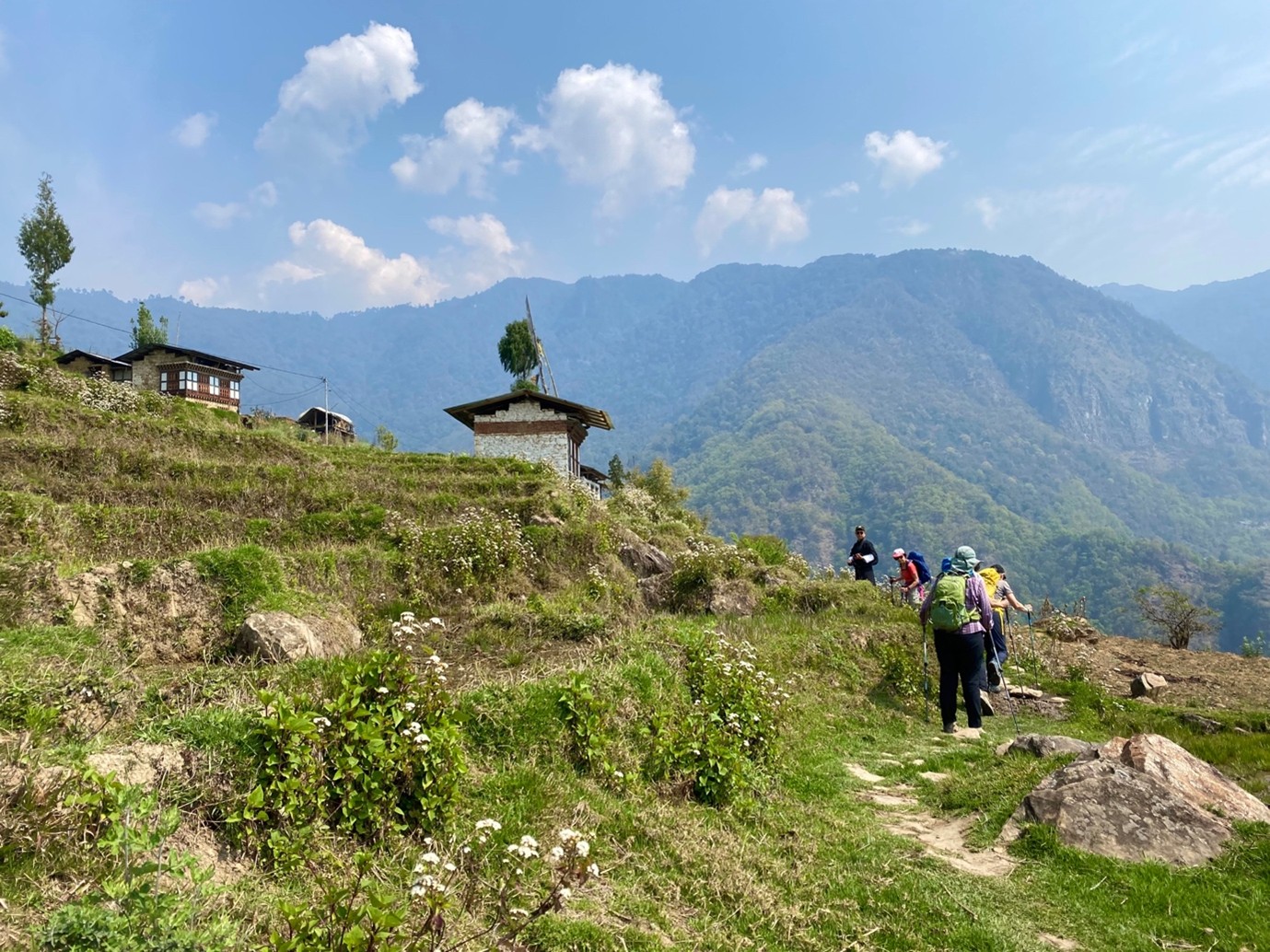
6. Zuri Dzong
It only takes a couple of hours to complete this walk but the views of the Paro valley are wonderful. The trail climbs behind Uma Resort to an altitude that is just right for taking photos of the whole valley and the main Paro Dzong. You can also step off the trail and visit the older Zuri Dzong, although it’s not often that you can go inside as this dzong is no longer in use as a monastery. If the caretaker is there you may be in luck. The trail finishes at the Ta Dzong, the old watchtower, which now holds an excellent museum.
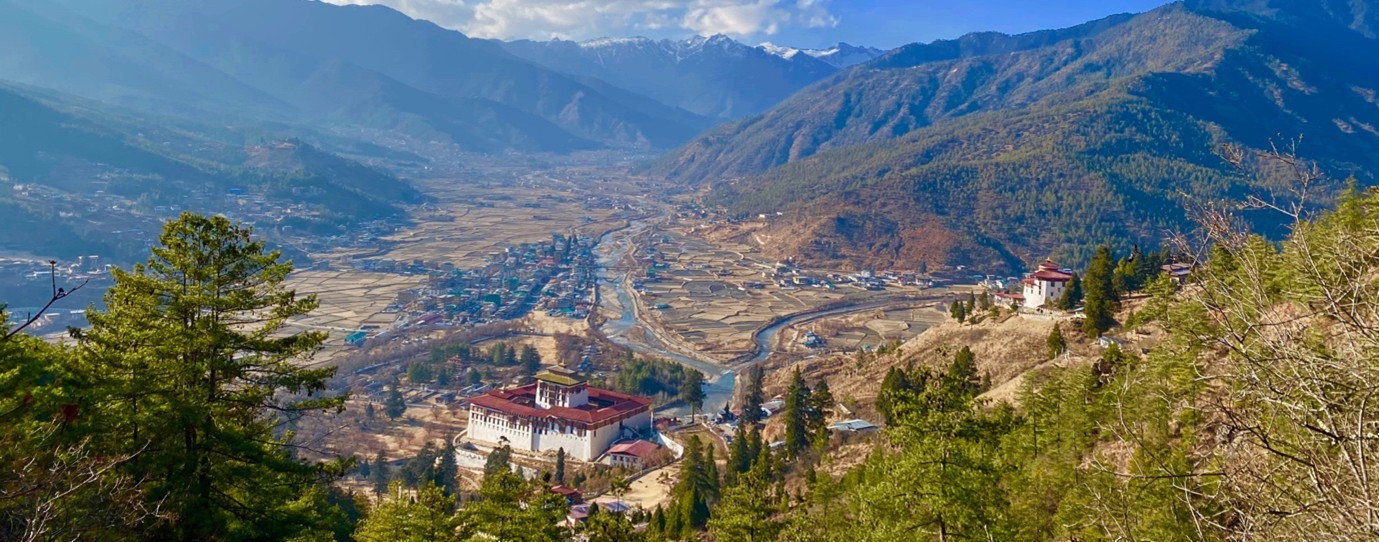
7. Kila Nunnery from the Chele La
The Chele La is Bhutan’s highest pass accessible by road, at just over 3,800 metres. The power lines that cover the pass make for a less than lovely outlook and it can get crowded with tourists – and anywhere people stop for a break can result in rubbish strewn around. Despite all this, the walk from here to the Kila Nunnery is charming. It’s a short and not too demanding hike that passes through very pretty forest. When you finally emerge from the trees, the views of the nunnery are great. Again, you marvel at the Bhutanese penchant for building places of spiritual significance in such isolated, cliffside locations. It’s a privilege to get a glimpse into the lives of the nuns in this beautiful place.
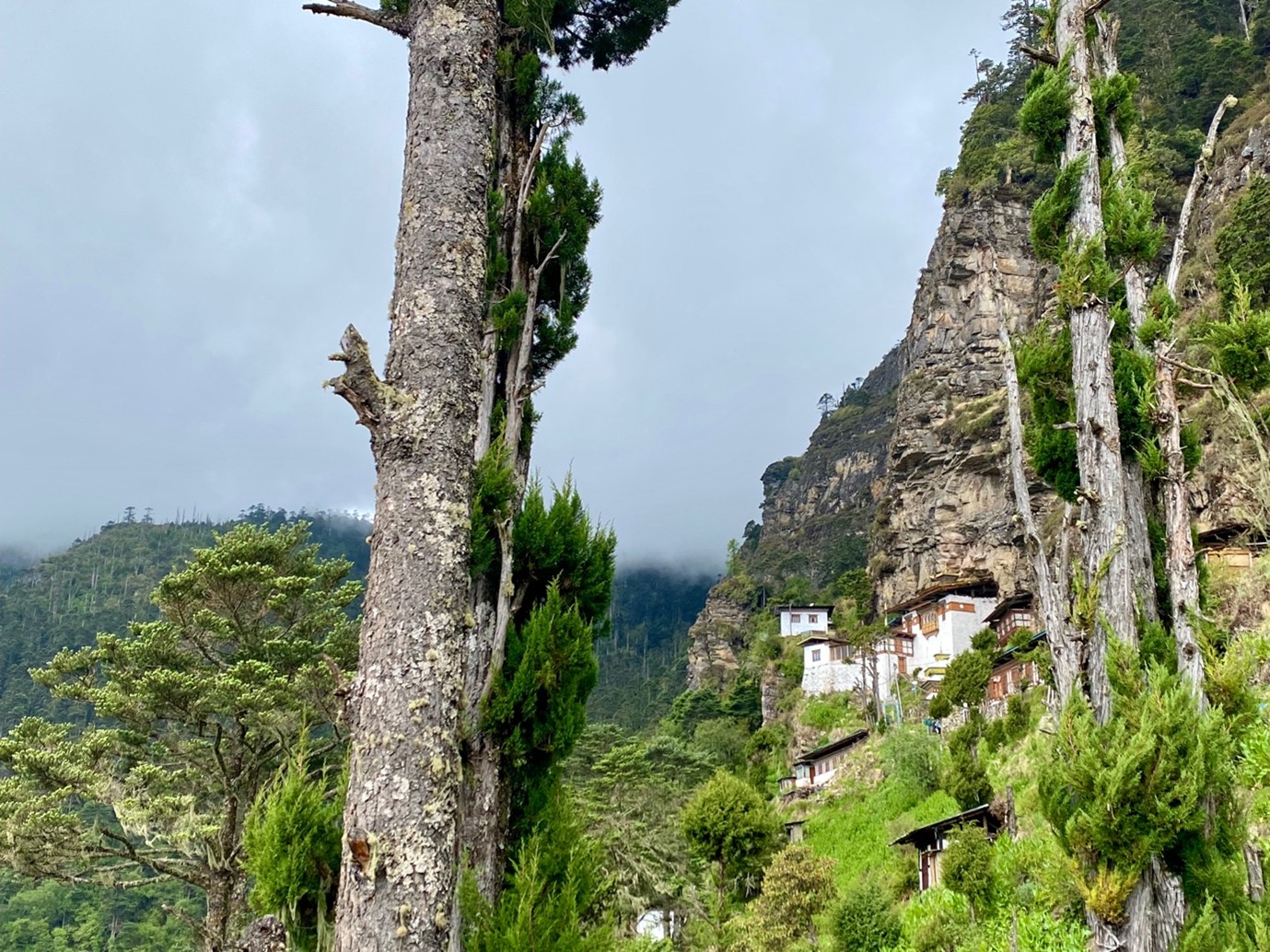
8. Lungchu Tsey Pilgrimage
This is another walk that starts from near the Dochu La and it spectacular in spring when the rhododendrons and wild daphne are out in April. The trail leads to Lungchu Tsey, a lovely, small temple with excellent views of the mountains when the weather is clear – usually not in April.

9. Pele La to Rukubji
This trail is part of the Trans Bhutan Trail, the pathway that crosses the entire width of Bhutan. There isn’t much forest on this walk, mostly open land crossed by small streams, with the odd rhododendron tree here and there. What’s nice is that you always have Longtey village in sight, which provides a glimpse into life on the land. The destination, tiny Rukubji village, has a traditional set-up, with all the houses clustered together, linked by footpaths – in this case glaring concrete ones. The trail intersects with the Longtey trail so you could combine them.
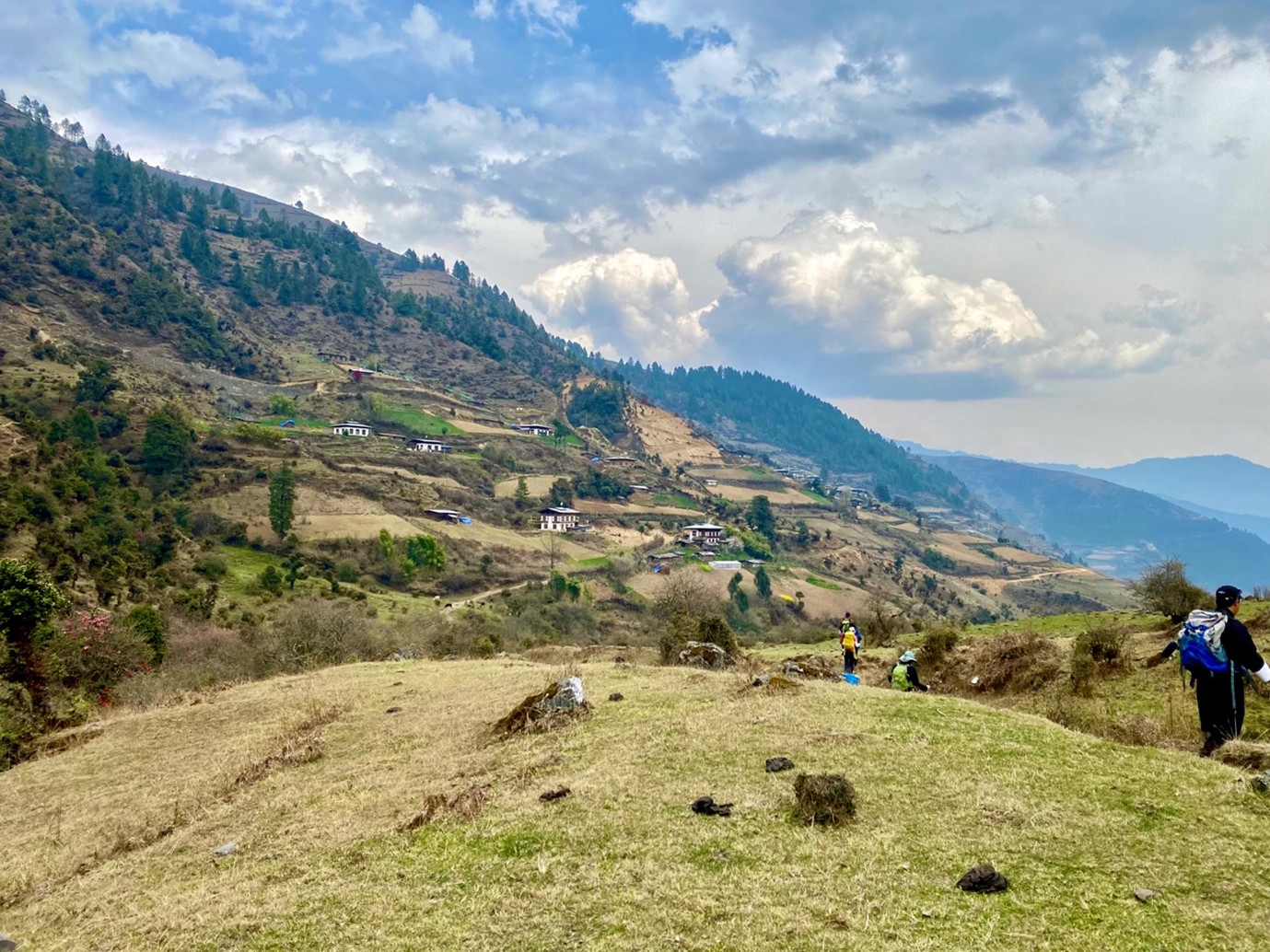
10. The Bushman Trail to the Burning Lake
It’s all about the destination on this trail. Mebartsho, or the Burning Lake, is a very sacred place in Bhutan. The crazy amount of prayer flags is a bit of a giveaway. It is known as the site where the great terton, or treasure discoverer, Pema Lingpa emerged from a pool in the river with a butter lamp still burning. Tertons were Tantric masters, who were prophesied by Guru Rinpoche to discover the sacred texts he hid in caves and lakes. Guru Rinpoche, the ‘precious master’, is the one who brought Buddhism to Bhutan and is the most important figure in all Bhutanese culture.
